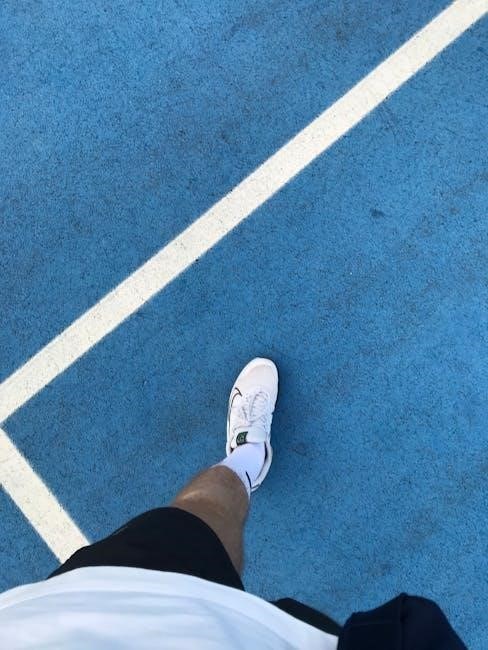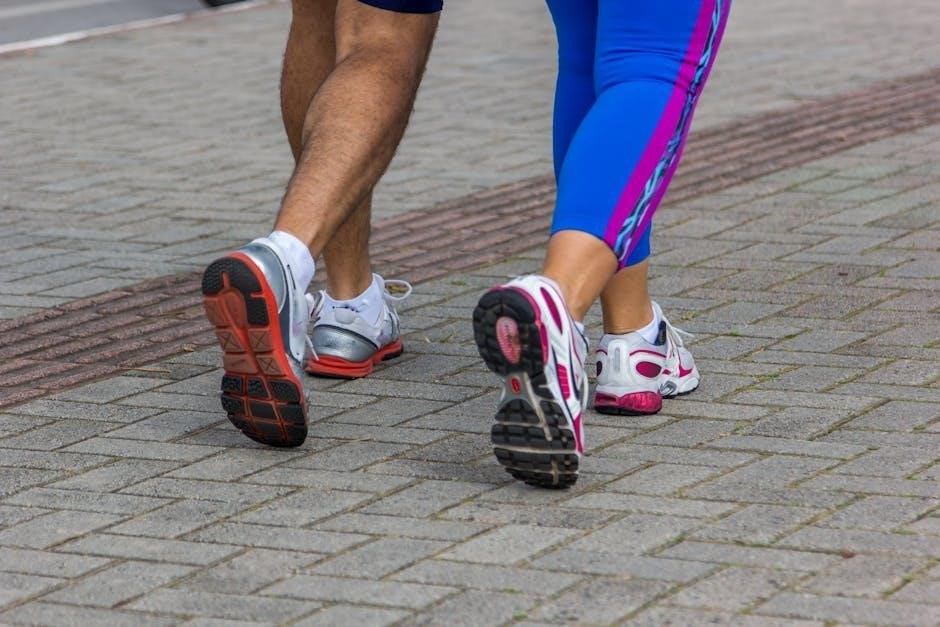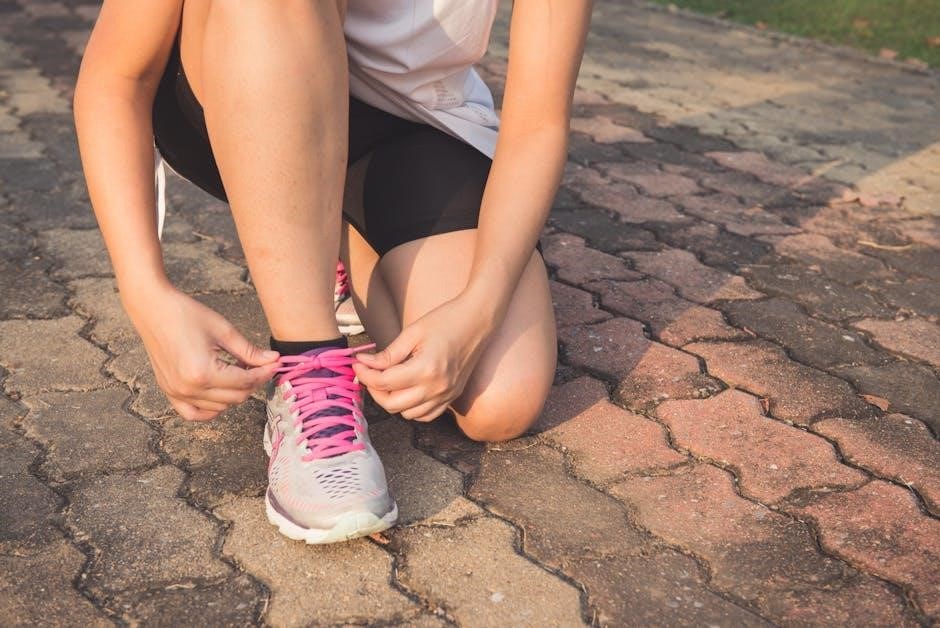running shoe fit guide

Having the right running shoe fitting is crucial for a successful and enjoyable running experience. A good fit can make all the difference in preventing common issues such as black and blue toenails, lost toenails, and blisters. In this guide, we will cover everything you need to know to find the perfect running shoe fit, from measuring your shoe size at home to considering factors such as toe box space and heel snugness.
Why is Running Shoe Fit Important?

A proper fit is essential for comfort, support, and performance. Ill-fitting shoes can lead to discomfort, pain, and even injuries. On the other hand, a well-fitting shoe can enhance your running experience, improve your performance, and reduce the risk of injury. Whether you’re a beginner or an experienced runner, finding the right fit is critical to achieving your running goals.

Components of the Perfect Running Shoe Fit
A good running shoe fit consists of several key components, including:
- Size: Knowing your correct size is the first step to running success. Measure your foot length and width to determine your ideal shoe size.
- Comfort: The shoe should feel comfortable and supportive, with no pressure points or hotspots.
- Cushioning: Adequate cushioning is essential for absorbing impact and reducing the risk of injury.
- Heel Support: A secure heel fit is critical for preventing blisters and providing stability.
- Toe Box Space: A roomy toe box allows for toe movement and prevents toe compression.
8 Tips for Buying Running Shoes
Here are some expert tips to help you find the perfect running shoe fit:
- Get your foot measured by a professional fitter or use a shoe size chart to determine your ideal size.
- Try on shoes in the afternoon, as feet tend to swell throughout the day.
- Wear the same type of socks you plan to wear while running.
- Walk or run around the store to ensure the shoe feels comfortable and supportive.
- Check the toe box space and heel snugness to ensure a secure fit.
- Consider the type of running you’ll be doing (trail, road, or track) and choose a shoe designed for that purpose.
- Don’t be afraid to ask for advice from a sales associate or running coach.
- Remember, the best shoe is the one that feels comfortable and supportive, not just the one that looks good.

Women’s Shoe Width Chart and Guide
For women, finding the right shoe width can be challenging. Here is a guide to help you determine your ideal shoe width:
| Size | Width |
|---|---|
| 6 | Narrow (A), Medium (B), Wide (C) |
| 7 | Narrow (A), Medium (B), Wide (C) |
| 8 | Narrow (A), Medium (B), Wide (C) |
| 9 | Narrow (A), Medium (B), Wide (C) |
| 10 | Narrow (A), Medium (B), Wide (C) |
Finding the perfect running shoe fit is crucial for a comfortable and injury-free running experience. By considering factors such as size, comfort, cushioning, and heel support, you can find a shoe that meets your needs and helps you achieve your running goals. Remember to try on shoes, walk or run around, and don’t be afraid to ask for advice. With the right fit, you’ll be able to run with confidence and enjoy the many benefits of running.
